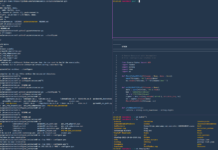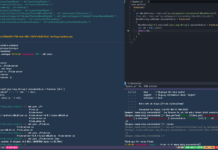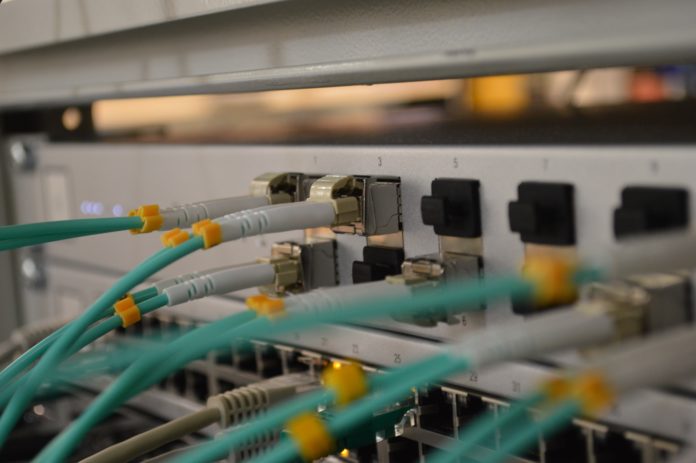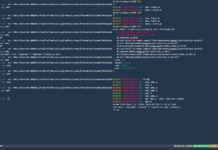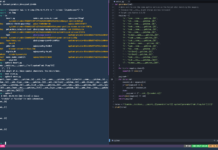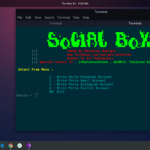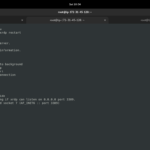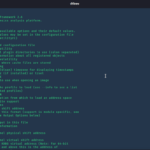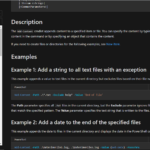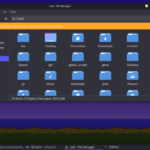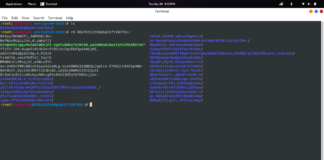basics
we all know that data comes and goes in the form of data packets. if we want to capture it, we would require an interface on which the data is being sent and the port no. if we have one.
for this practical, we will use the tcpdump tool.
if you haven’t watched the video about network packet sniffing,
watch this
Tcpdump can be used to sniff into a network. it is written in c++. Believe me, it is not important who built it. we will sniff into a network of our own.
warning: never sniff into a public wifi network, not even neighbors’ wifi.
uses of tcpdump
to capture packets on the local server
I have started an HTTP server on my LOCALHOST. it means we will have to use “lo”
interface.
type this command:
tcpdump -i lo
this command will start to capture packets that are being sent over localhost.
to capture packets on a port
type this command:
tcpdump port 22
in this case, I have already opened an SSH port(22). if someone will try to connect to it we will capture the data. you can try this on other ports like 80,21,23 etc. but mostly you have to specify the port before port-no. to capture packets on a host type this command:
tcpdump host google.com
we have specified the host google. if someone will try to connect to google.com, the packets will be captured by the tcpdump.
to save the packets
type this command:
tcpdump -i wlan0 -w capture_file
don’t worry about interface, it can be any but it should have sent and receive packets. notice that we specified -w for a capture file.
the capture files can be read with this command:
tcpdump -r capture_file
to capture on one protocoal
type this command:
tcpdump tcp
you can change the TCP to ICMP or UDP depends on your services.
to capture a defined size of packets
type this command:
tcpdump less 60
tcpdump greater 60
the first command will capture the packets whose size is small than 60.
the second line will capture more than 60 size packets.
note- there are the basic commands of tcpdump. after reading this you can use iptables and tcpdump at the same time so you may know how network traffic works.
if you haven’t read about iptables, click here.
thanks for visiting



